Disability: Fostering Kindness in the Classroom
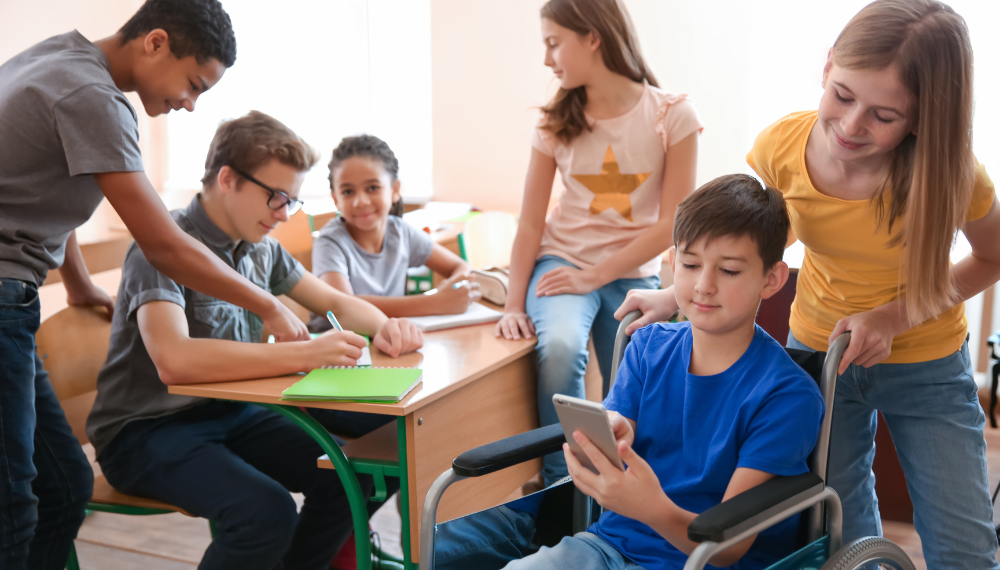
The International Day of Persons with Disabilities, celebrated on December 3, is a great opportunity to promote tolerance and kindness in the classroom. The goal is to create a more inclusive environment for children with visible or invisible disabilities in schools.
Acceptance of differences and equal opportunities are ongoing themes in classrooms. How do you explain to one child why their classmate is allowed to use a computer while they aren’t? Or help energetic students understand that loud noises can bother a peer with autism spectrum disorder? While physical disabilities are often easier to spot than invisible ones, they’re not necessarily better understood or accepted, especially by younger children.
Using Disabilities as a Starting Point for Kindness
How can educators encourage kindness in their classrooms? Nadège Gros, an elementary school teacher in Fains-Véel (France) and a former coordinator for students with disabilities, suggests using the presence of disabilities as a learning opportunity. “Every year, we hold civic education sessions on disabilities. During these, a student with a disability shares their daily experiences—with their family’s permission, of course,” she explains.
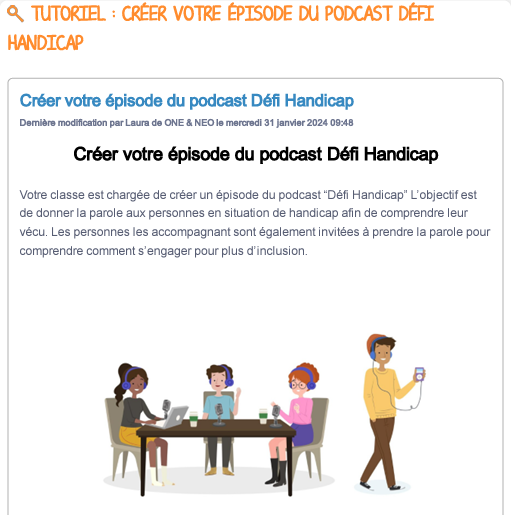
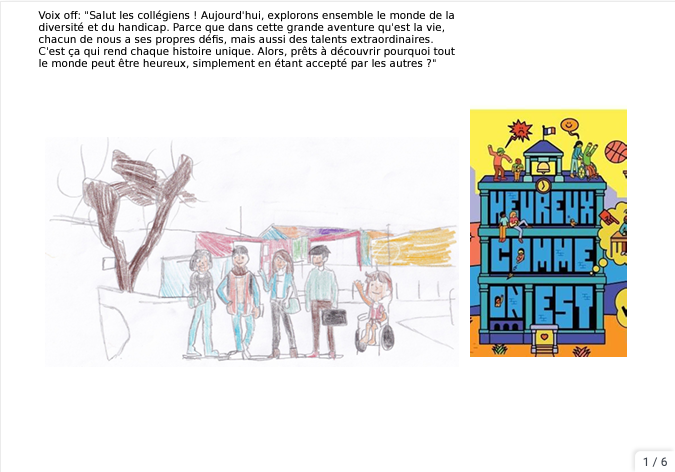
Marie Pottier, who teaches mixed-level classes in Tuffalun (France) encourages students to play an active role in raising disability awareness. “One of my students, who was working with an occupational therapist to improve his posture for writing, felt excluded because his classmates teased him about the special pen grips he used. I suggested he become an ambassador for proper writing posture. With help from the therapist, he showed his classmates how to use the grips and gave them tips. This helped the students understand his challenges and changed their behavior toward him.”
For older students who may feel shy about speaking in front of their peers, recording a podcast on disabilities can be a great alternative. The school’s digital platform can serve as a space for sharing and communication within the school, with parents, and even beyond.
After an inspiring virtual session on invisible disabilities, a collaborative digital wall was created, featuring questions from students who attended. This resource, available for download from the VLE library, is a great way to kick off conversations with students of all ages.
Workshops to Build Disability Awareness
What if there aren’t any students with disabilities in your class? You can organize audio or video exchanges, pen-pal programs, or even visits with students from special education classes (ULIS) or medical-educational institutes (IME) to introduce diversity and encourage kindness and acceptance.
Beyond discussions and personal stories, hands-on activities can open students’ minds. For instance, a multimedia notebook on deafness can spark interest. Nadège Gros has created several multimedia notebooks on different disabilities, which she shares with her students each year. “These resources really resonate with the kids. Some of my former students have told me years later how much they remembered them,” she says.
Organizations like ODAAS also visit schools to run adaptive sports workshops, such as blind soccer or wheelchair basketball. These activities offer a fun and practical way for students to step into the shoes of their peers with disabilities.
Nadège Gros also runs workshops that simulate disabilities. Simple tools like blindfolds, gloves, vision-distorting glasses, or cushions to limit movement help students experience challenges firsthand. “I ask one student to read a text while hopping on one foot, while the rest of the class sings the national anthem at full volume. It helps them understand the difficulties people with ADHD might face,” she explains.
VLE Resources: Supporting Inclusion and Kindness
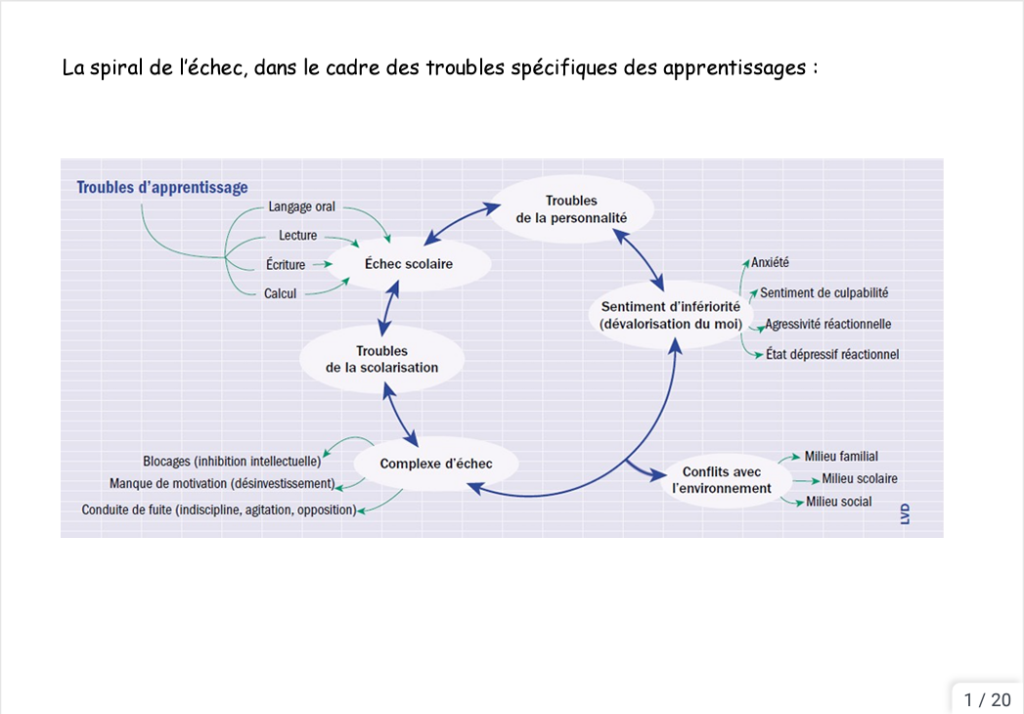
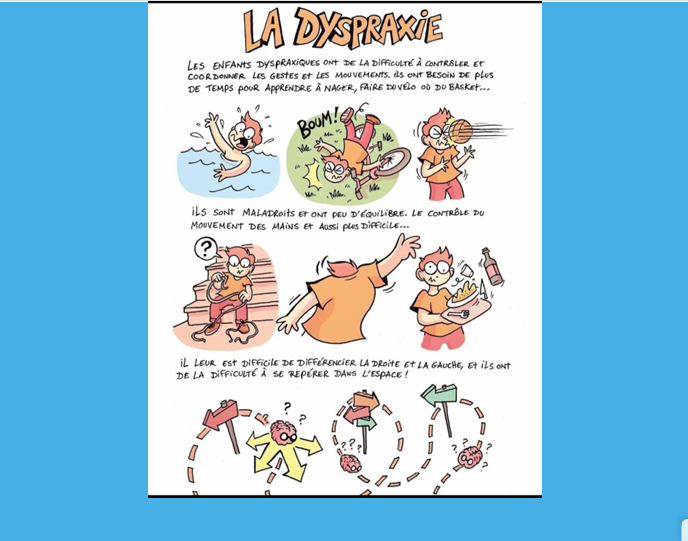
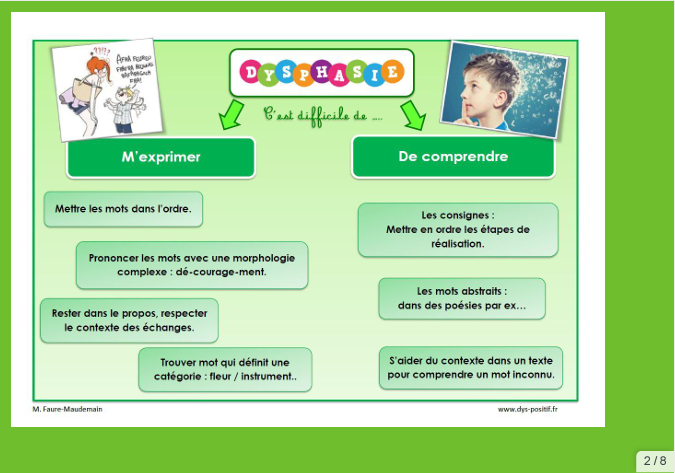
Not all teachers are familiar with the wide range of disabilities—whether physical, sensory, or invisible. To bridge this gap, the game developer Dynseo held a webinar to help educators better understand and support students with learning disorders. A multimedia notebook summarizing the webinar’s key points, along with a replay, is available in the VLE library.
Additional library resources for teachers include workbooks on specific learning challenges, dyspraxia, dysphasia, and ADHD.
comments
Add comment